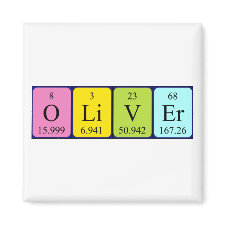
Authors: Dickert FL, Lieberzeit PA, Hayden O, Gazda-Miarecka S, Halikias K, Mann KJ, Palfinger C
Article Title: Chemical sensors - from molecules, complex mixtures to cells - supramolecular imprinting strategies.
Publication date: 2003
Journal: Sensors
Volume: 3
Issue: (9)
Page numbers: 381-392.
DOI: 10.3390/s30900381
Alternative URL: http://www.mdpi.net/sensors/papers/s30900381.pdf
Abstract: Methods of modern chemistry are a powerful tool in generating functional materials suitable as chemically sensitive layer to be combined with a variety of transducer principles. Molecular pits in polymers are formed by molecular imprinting, by suitable double-imprinting e.g. PAHs can be detected down to the sub-mug/l level, the resulting selectivity patterns depend both on the polymerization temperature and the ratio of the template mixture. Organic contaminants in water can be either directly assessed in liquid phase or separated from the matrix by a porous Teflon membrane. Thus the detection limits can be reduced to the ppm-level due to the much lower noise level in gaseous phase. Even complex processes such as engine oil degradation processes can be followed by suitably imprinted polymers. Pits on the nm- to mum scale are reached by surface templating polymers with microorganisms. The resulting layers show reversible, antibody-like interactions and thus are optimal sensor layers. The successful on-line detection of tobacco mosaic viruses (TMV) can be achieved by these surface imprinted layers



Join the Society for Molecular Imprinting

New items RSS feed
Sign-up for e-mail updates:
Choose between receiving an occasional newsletter or more frequent e-mail alerts.
Click here to go to the sign-up page.
Is your name elemental or peptidic? Enter your name and find out by clicking either of the buttons below!
Other products you may like:
 MIPdatabase
MIPdatabase









